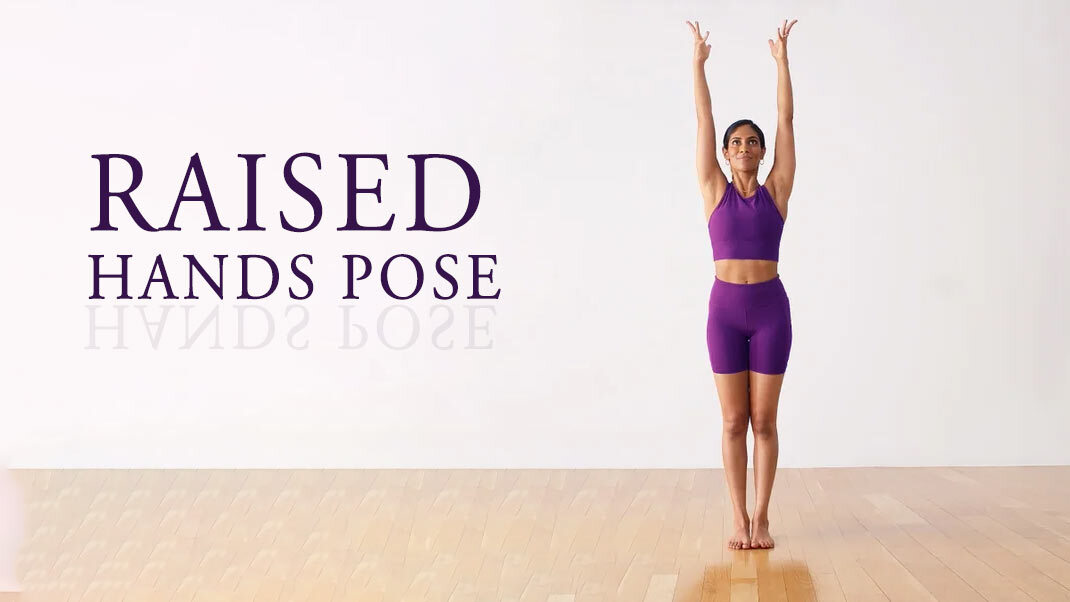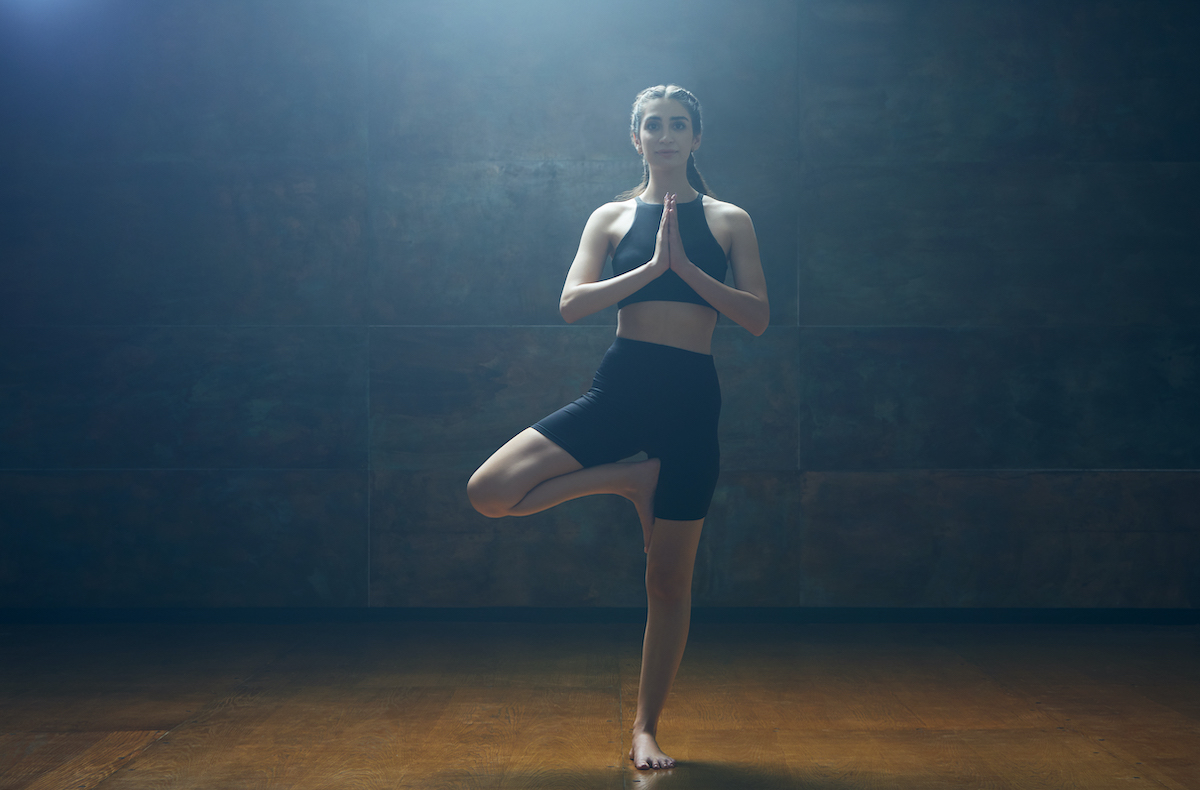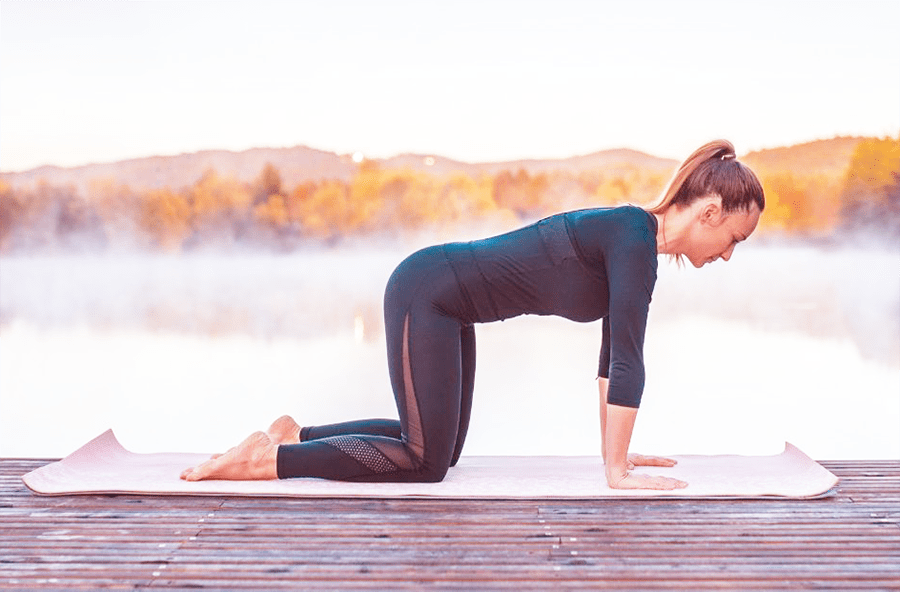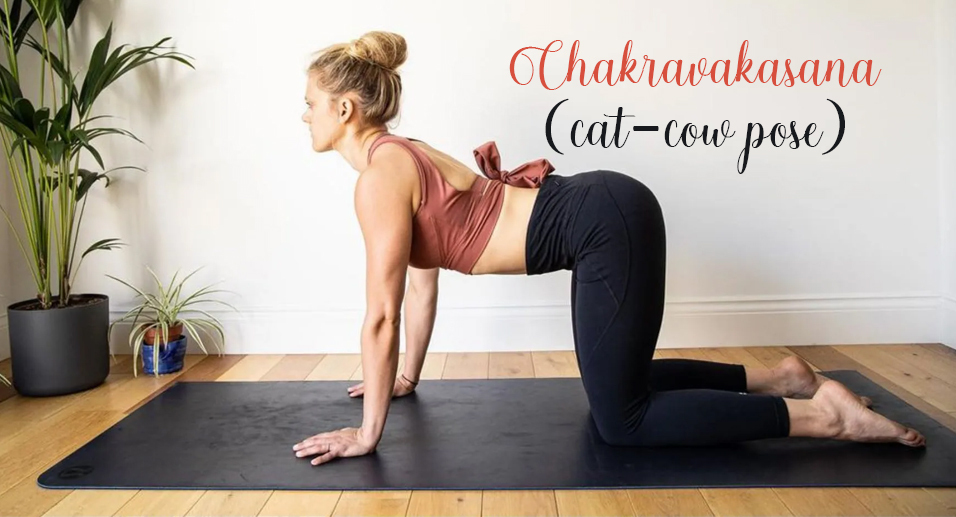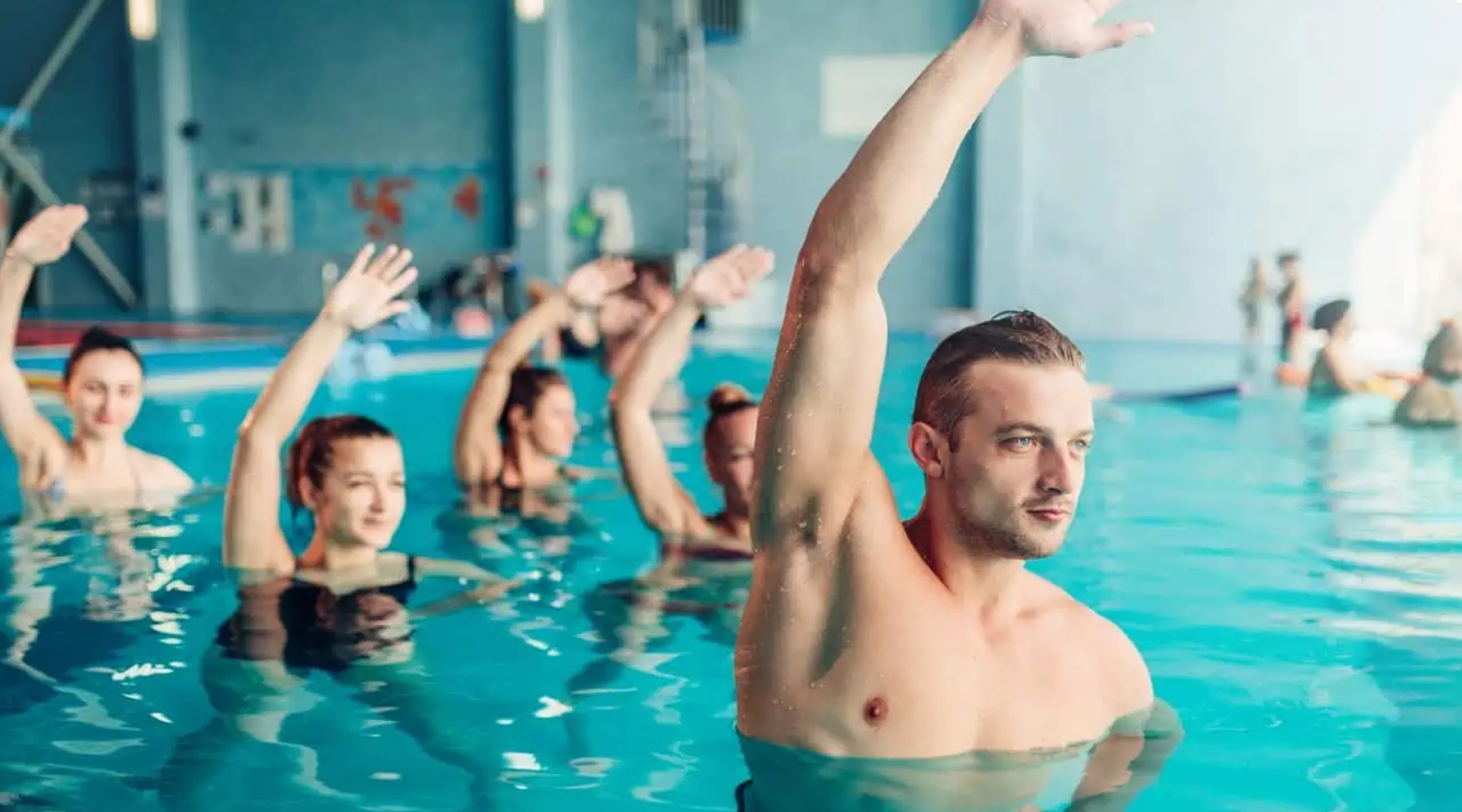
Dive into Wellness: Transform Your Health with Aqua Yoga
Let us Take A Dip with the Introduction of Aqua Yoga:
Greetings to the peaceful universe of Aqua Yoga, sometimes referred to as Water Yoga as well as Pool Yoga, where the substances of water and yoga join to produce a peaceful and revitalizing journey. It is a special type of physical activity that blends the curative properties of water with the age-old concepts of conventional practice. With the assistance of this ground-breaking technique, you may strengthen your bond with your mental and physical health while being enveloped in the calming arms of water.
The idea that water is a naturally occurring means for relaxation as well as healing can be linked to the foundations of this practice. The asanas may be performed with more support and balance due to the water’s mild resistance. Water’s buoyant properties softens the blow to muscles and tendons, lowering the possibility of discomfort or damage and providing a safe haven for people with physical constraints. Due of its moderate impact, it may be performed by persons of varying ages and fitness abilities.
Additionally, the calm atmosphere of a pool or aquatic location promotes an increased degree of attention and relaxation. So let’s delve into the realm of Aqua Yoga, wherein the flow of yoga joins the serenity of the water. Jump in, take a few deep breaths, and let the water lead you on a revolutionary path to total wellness.
Clothing Requirements:
Wearing the right attire that promotes comfort, movement, and water safety is crucial when performing Aqua Yoga. Here are some recommendations for appropriate attire for doing it:
- The swimwear is an extremely important necessity. Select an aquatic outfit that is both cosy and snug and that offers easy mobility. A single-piece or two-piece bikini is appropriate for ladies. A different choice for them is a tank top paired with airy, light-weight swim shorts. Due to their fast-drying fabrics, swim trunks or swim briefs are popular alternatives for guys. Ensure that the swimsuit offers adequate assistance and covering while doing different water-based positions.
- A quick-drying, airy rash shield or water shirt that will provide you supplementary covering or protection from the sun.
- Particularly if you’re blessed with long hair, hair accessories like headbands or ties are recommended. These will assist in keeping your hair out of the way as you practice asanas to ensure you can stay focused and avoid having hair become an obstacle.
- You can safeguard your feet from cutting objects in pools of natural water and uneven pool floors by wearing aqua socks or water footwear. For greater stability when performing postures, use footwear with soles that are not slippery.
- Goggles are not required, however they might be useful if the water around you is foggy or your eyes are delicate.
- A cap that can aid in UV protection for your face and hair.
- When performing water yoga outside, don’t forget to use sunscreen to shield your skin from damaging ultraviolet (UV) rays.
- Additionally, limit the use of other accessories or stay away from them entirely. Jewelry, watches, and the like may restrict your ability to move and increase the chance that they may be lost or destroyed in the water.
Here are some additional tips for choosing required clothing:
- Pick up garments crafted from a fabric that wicks away sweat. You’ll stay more at ease and cool as a result of this.
- Avoid wearing excessively baggy garments. You won’t end up becoming entangled in the water if you do this.
- Select modest attire to avoid being overly exposed. Both safety and decency depend on this.
Equipment Requirements:
Although you may do water yoga with solely using your body, there are few more tools that might be useful. The following constitute a few of the most typical tools utilized in it:
- Pool Noodles: Throughout asanas, these foam cylinders may be utilized for support as well as stability.
- Aqua Dumbbells: Dumbbells that can withstand the water and can add resistance to the practice’s workouts for strength training.
- Water Buoyancy Belts: The use of buoyancy belts during deep-water Aqua Yoga postures may assist you stay floating and give assistance.
- Yoga Belts: These belts are frequently utilized to assist you accomplish greater stretches. They may also be used to aid your coordination in more difficult positions.
- Ankle Weights: You may practice water yoga while adding resistance by using ankle weights. Your muscle mass will tone up and your stamina will increase as a result.
- Kickboards: You may use kickboards to stay afloat and move about in the water. You may use these to practice balancing positions as well.
- Yoga Mat or Poolside Towel: It would be advantageous to have a convenient location for early warm-up exercises or meditation before hitting the water, however it is entirely optional as well.
How Aqua Yoga is Performed?
Here is a broad description of how to practice to get complete benefits of Aqua Yoga:
- Get ready your body to engage in water-based practice by warming up in shallow water or near the poolside with easy stretching and motions.
- Slowly plunge into the water while adapting to its warmth. You have a choice between using floating devices for more profound Aqua Yoga or standing with your feet on the pool’s floor, according to the level of the pool or body of water.
- During the practice, pay attention to your breathing to encourage calm and physical synchronicity.
- This practice combines many conventional positions that have been modified for the water. These might involve balancing, stretches, balancing poses, sitting postures, and soft, flowing motions. Here are a few examples of stances used, the water warrior pose, the floating forward bending, the water tree pose, the aqua cobra pose, etc.
- Concentrate on retaining balance and symmetry while appreciating all the assistance offered by the water as you do the postures.
- Devote a few minutes floating or resting on your back in the water after completing the postures to achieve total unwinding. This resembles the corpse pose.
- Use pool stairs to securely get out of the water after the session is over.
Surprising Benefits of Doing Aqua Yoga:
The following are some benefits of Aqua Yoga:
- Low-impact training is kind to joints and muscle groups.
- Improved stamina, balancing, and mobility.
- Enhanced heart health and blood circulation.
- Greater unwinding and less anxiety.
- Increased clarity of thought and attentiveness.
- Appropriate for people of varying ages and physical abilities.
- Water’s buoyant properties offers stability when doing postures.
- Employs the abdominal muscles to stabilise oneself in the water.
- Therapeutic advantages for overall physical and mental wellness.
- Comfort of a tranquil and revitalising aquatic setting.
Conclusion:
Experienced teachers who guide students through various poses and provide adjustments to meet their specific requirements should be used to teach aqua yoga classes. They put a lot of emphasis on showing you how to unite your body, mind, and breath while enjoying the soft resistance and assistance of water for a revitalising practise.


